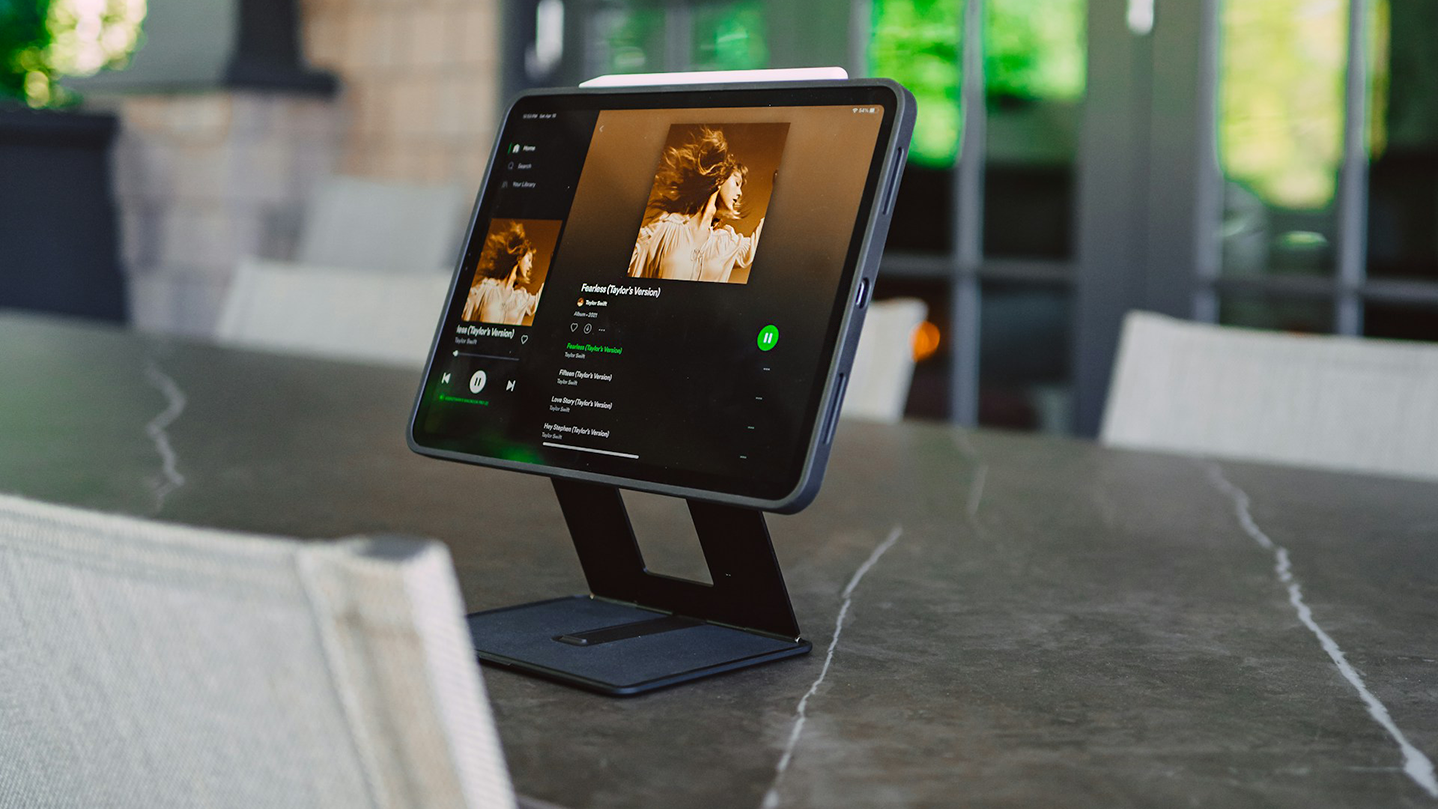After Napster was notoriously forced to shut down in 2001, Apple saw an opportunity worth exploring.
The release of the iPod and the iTunes Store in 2001, followed by the iPhone and the explosion of mobile apps in 2007, dominated much of the conversation around music technology at the time. But Pandora, launched in 2000, was simultaneously gaining traction over those same years.
The element of personalization and the excitement around algorithms was catching on — as was the freemium ad-supported model — and this paved the way for the success of newer streaming services like Spotify.
In the last decade alone, we’ve seen lightning-speed advancements in the music streaming space, along with a slew of industry shakeups: Tidal’s launch in 2014; Apple Music’s launch and its acquisition of Beats Music in 2015, then Rdio shutting down and being purchased by Pandora; Spotify going public in 2018; and the launch of YouTube Music, which triggered the discontinuation of Google Play Music in 2020.
How does music streaming fit into the bigger picture?
The global recorded music market grew for the ninth consecutive year in 2023, and we have streaming to thank for that.
According to the International Federation of the Phonographic Industry’s (IFPI) Global Music Report 2024, streaming now accounts for 67% of total recorded music revenue. The number of paid streaming subscriptions surpassed 500 million for the first time in 2023, with total streaming revenues reaching $19.3 billion — more than seven times what it was in 2015.
A recent analysis revealed that the “big three” record labels (Sony, Universal, and Warner) are collectively generating approximately $2.9 million per hour. Spotify continues to dominate the music streaming market with 239 million paying subscribers as of 2024, and Apple Music trailing at 93 million subscribers.
So, if all this streaming money is being generated out there, why does it seem like it’s not ending up in the pockets of artists? We’ll get into more specifics below, but the simple answer for now is that everyone — especially the major labels — wants a piece of the pie. By the time it trickles all the way down to the artist, the slice that’s left is shockingly small.

Build a stunning website for your music
Bandzoogle gives you all the tools you need to create your own unique band website, including responsive templates and commission-free selling tools.BUILD YOUR WEBSITE
How does streaming work?
There are two distinct kinds of music streaming services. The first is noninteractive, which means that the user experience is similar to listening to the radio — the service decides which songs you listen to and when. Pandora used to be the most popular example of a noninteractive service, but it now offers interactive streams.
Interactive streaming means — you guessed it — the user can interact with the service and have full control over their listening experience. Spotify and Apple Music are the biggest players in this category.
As you probably already know, there’s no music ownership involved with any sort of streaming service. Whenever you click “play” on a track or a playlist, you’re simply “licensing the right to listen to the song in that particular moment, whether you pay a subscription or sit through an ad,” as NPR puts it.
How do musicians make money when their music is streamed?
If just the thought of royalty rates makes your head spin, you’re certainly not alone. Streaming royalty calculations are incredibly complex, and the truth is that most people — even music business pros — don’t fully understand how it all works.
The reason why it’s so confusing is because payouts aren’t based on a fixed per-play rate; they’re based on a percentage of total revenue, with several moving variables involved. That means that 10 different artists with the exact same number of streams could be receiving 10 radically different royalty payments. And, most likely, none of them will be receiving the average per-stream payouts that we see cited everywhere in comparisons of streaming services.
As an artist, it’s not necessary to understand how every little calculation works, but it is worthwhile to have a basic understanding of the factors that play into your royalty rates.
Before you see a fraction of a penny from a streaming service, flat percentages of the company’s monthly revenue are taken right off the top by major labels, performing rights organizations, and, of course, the service itself.
After that things get even more complicated. Your payout will depend on whether you’re a signed or unsigned artist, and whether you write your own songs (which generates publishing royalties) or just perform them (which generates recording royalties). Spotify’s royalty formula, for instance, takes into account the number of paying subscribers, net ad revenue, the countries in which your music is streamed, and your contractual royalty rate with your label and/or publisher, among other factors.
It’s also worth noting that interactive services pay out more than noninteractive services, and premium tiers pay more than freemium tiers. Even specific advertisers and the time of year play into artist royalty rates.
These factors are decided by the industry, but the good news is that things are moving in the right direction for compensating music creators. The Music Modernization Act was unanimously passed in 2018, which drastically reformed U.S. copyright and publishing laws that had been outdated for decades. The way artists get paid is now simplified and improved, alongside better copyright protection for musicians, songwriters, producers, and engineers.
In 2022, the U.S. Copyright Royalty Board increased songwriters’ streaming royalty rate from 10.5% to 15.1%. And as of 2024, Spotify has put new policies in place to modernize its royalty system and drive an additional $1 billion towards artists.
How to get your music on streaming platforms
There are many digital distribution companies that make it quick and easy to get your music on all the major streaming services out there. You retain 100% of your rights and ownership, no matter which company you use.
Each distribution company has different business models and features that may be relevant to you. DistroKid, for instance, provides unlimited distribution for an upfront annual fee, where other platforms might charge a commission fee for earnings, or charge you per release. Some platforms include lyrics in their distribution; some include payment splitting (for when you’ve collaborated with another artist); some provide a Spotify pre-save option; some include distribution to Beatport (especially important for electronic artists); some distribute music videos to Apple Music—the list of variables is long (and it’s worth noting here that DistroKid provides all the services mentioned, and more!).



